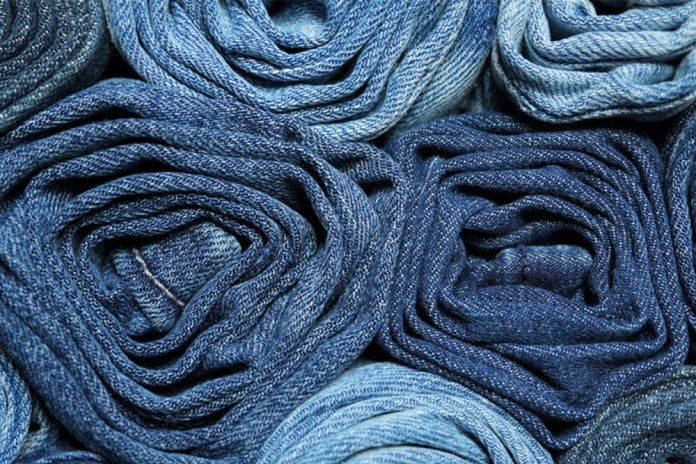CRAFTYFLOW” and “CRAFTYROPE” for the dyeing of denim warps with indigo and sulfur dyes are the only recently introduced technologies that can work both in the air, as usually done today, and in the nitrogen atmosphere with ecological and economic advantages.
This system had been first adopted by M/s Bluref, a pioneer of this technology, and, afterward, by other famous producers such as Covolan Ind. Textie, Candiani Denim, Sasha Denim, Advance Denim.
After several research and experiments, the manufacturers patented the possibility of extending dual technology to existing and already-running indigo rope dyeing machines, the most commonly used, giving them a new future.
This technology upgrading existing dyeing ranges requires limited investment and can be realized on-site simply and with a short machine downtime. Basically, it consists of completing several dyeing boxes with special devices and components, allowing, from one side, to continue to work traditionally and, on the other, using the nitrogen atmosphere.
It is thus possible to continue producing classic running qualities and introduce new exclusive developments with better quality, less cost, and ecologically sustainable. Using this advanced nitrogen technology, in the case of sulfur colors, especially in the case of black, a higher dye use efficiency can be achieved, and it can be estimated, at a visual check, approximately +40 percent compared with traditional dyeing technology.
Moreover, the same upgrading allows the dyeing of indigo in an ecological way, with fewer boxes, using only one-fifth of the dye baths, saving up to 70 percent of hydrosulfite and caustic soda. The process can be designed with low and high indigo concentrations and temperatures.
Thanks to nitrogen technology, indigo in the dye bath is totally and perfectly reduced up to a nanometric level, and, in this condition, the resulting color fixation is much better and more robust compared with the traditional system operating in the air. This is why, in this way, it is possible to achieve a better dyestuff using efficiency, a better fastness, intensity, and brightness.
It reduces dyeing bath volume and several dips and oxidation, all conditions necessary for a drastic reduction of polluting chemicals, power, and water consumption, which is one of the most critical topics nowadays.
Many consumer protection organizations are asking for an international law to be introduced as soon as possible to reduce chemical consumption and respect regulations to protect health and the environment.
Today, even if this new modern, experimented, and suitable nitrogen technology is available, analyzing actual denim production, it comes out very clear that, despite everyone making ecological issues their banner, the majority, or rather almost all, of the denim on the market, are still dyed with the old classic method in the open air, that is to say, anti-ecological.
Denim producers have to face the imperative ecological and moral obligation to change their production mentality, to innovate/update their classic dyeing machinery to reduce the consumption of chemicals, water, and power, and to adopt everything necessary to offer ecological and sustainable products, achieving, by the way, cost reduction advantages.



